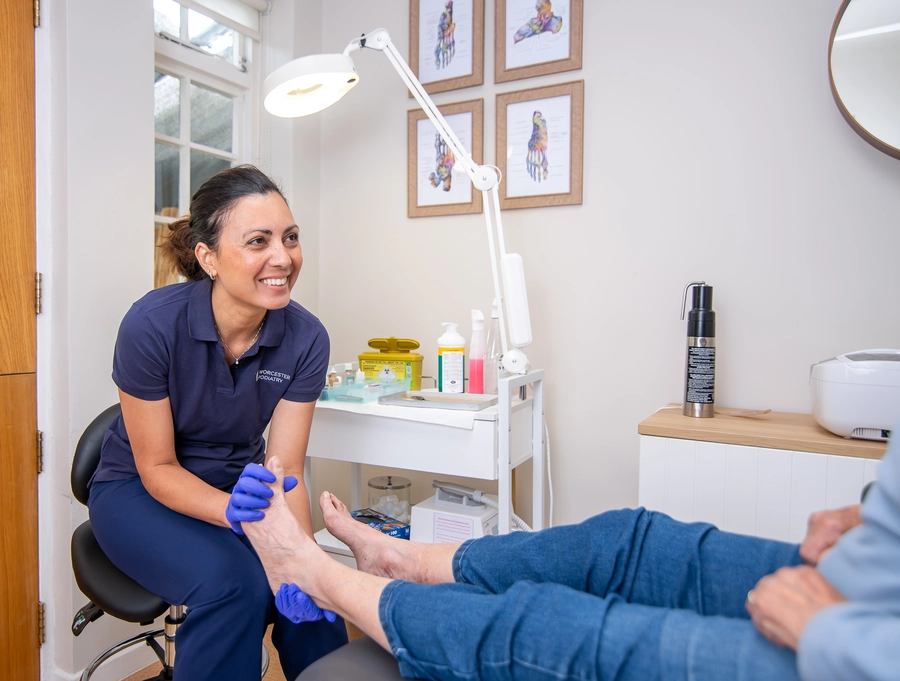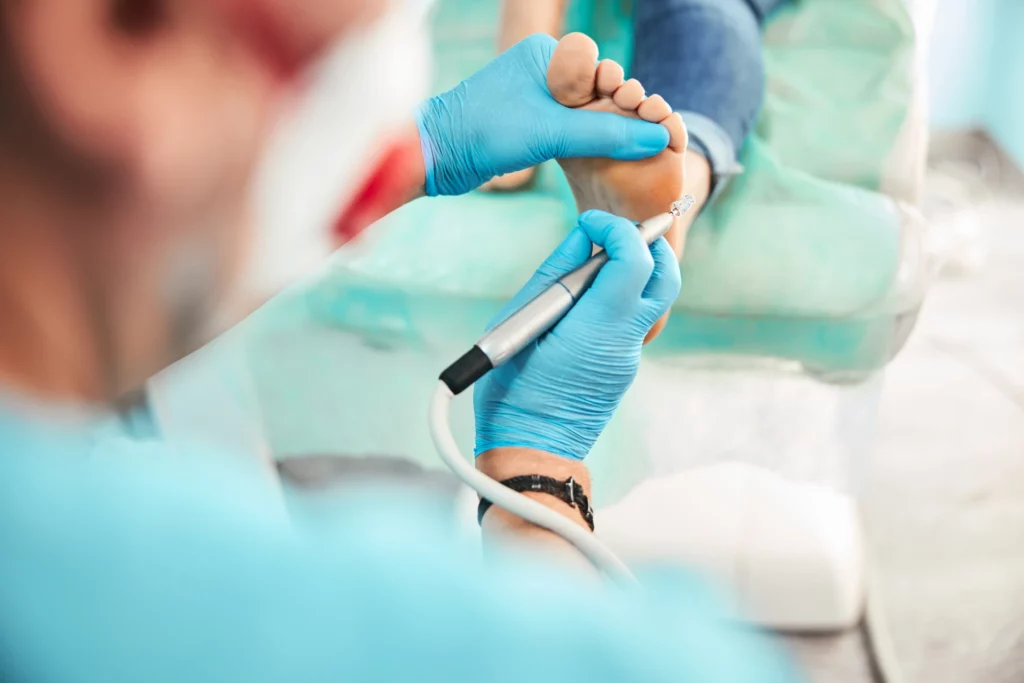Athlete’s Foot

Understanding Athlete’s Foot
Athlete’s foot, also known as tinea pedis, is a common fungal infection that affects the skin on the feet. It can cause itching, burning, and cracked skin, often leading to discomfort. Understanding the causes of athlete’s foot can help in both prevention and treatment.
Common Causes
- Fungal Organisms: Athlete’s foot is primarily caused by dermatophytes, a type of fungus that thrives in warm, moist environments. These fungi can infect the skin through direct contact or via contaminated surfaces.
- Environmental Factors: Public places such as swimming pools, communal showers, and gyms are common breeding grounds for fungi. Walking barefoot in these areas increases the risk of contracting athlete’s foot.
- Personal Hygiene: Poor foot hygiene can contribute to the development of athlete’s foot. Wearing damp socks or shoes, not drying feet thoroughly, and using unclean towels can create an environment conducive to fungal growth.
- Footwear: Tight-fitting shoes or those made from non-breathable materials can cause feet to sweat more, providing an ideal environment for fungi to thrive. It is important to wear breathable shoes and moisture-wicking socks to reduce this risk.
- Immune System: Individuals with weakened immune systems, due to conditions such as diabetes or certain medications, are more susceptible to fungal infections like athlete’s foot.
- Skin Injuries: Small cuts, blisters, or abrasions on the feet can provide an entry point for the fungus, increasing the likelihood of developing athlete’s foot.
Prevention Tips
- Maintain Good Foot Hygiene: Keep feet clean and dry. Dry thoroughly between the toes after bathing.
- Wear Appropriate Footwear: Use shoes made of breathable materials and avoid sharing footwear. Wear flip-flops or sandals in communal areas.
- Use Antifungal Products: Over-the-counter antifungal sprays or powders can help keep feet and shoes free from fungi.
- Change Socks Regularly: Wear clean, dry socks daily and change them if they become damp or sweaty. Opt for moisture-wicking materials.
- Avoid Walking Barefoot: In public places like gyms, locker rooms, and pools, always wear protective footwear to reduce the risk of infection.
By understanding these causes and taking preventative measures, you can reduce the risk of developing athlete’s foot and maintain healthier feet.

Comprehensive Athlete’s Foot Appointments
If you suspect you have athlete’s foot, our comprehensive athlete’s foot appointment is designed for you. This thorough examination includes an assessment of your symptoms and foot health. Based on the results, we will develop a personalised treatment plan tailored to your needs. Our expert podiatrists will guide you through every step, ensuring you receive the best possible care to restore your skin to a healthy state.
Call the biomechanics experts at The Worcester Podiatry Clinic on 01905 428434 in Worcester
Happy Feet Reviews!
See Why Patients Choose Us
Trustindex verifies that the original source of the review is Google. Fantastic service staff were excellent from the receptionist to Patti the clinician booked again and would recommend to allTrustindex verifies that the original source of the review is Google. First time here, feet feel so much better, would highly recommend, excellent service. Thank you so much.Trustindex verifies that the original source of the review is Google. Really good and goodTrustindex verifies that the original source of the review is Google. The team are always super friendly, helpful and knowledgeable. Since I’ve been coming for treatment I’ve seen a definite improvement and will continue to book in regularly.Trustindex verifies that the original source of the review is Google. A lovely place to visit and the staff are so very helpful and friendly even a nice hot drink and done a great job on my feet 😀Trustindex verifies that the original source of the review is Google. Very professional and whole experience was very pleasant the changes that have been made are most pleasant and welcoming


